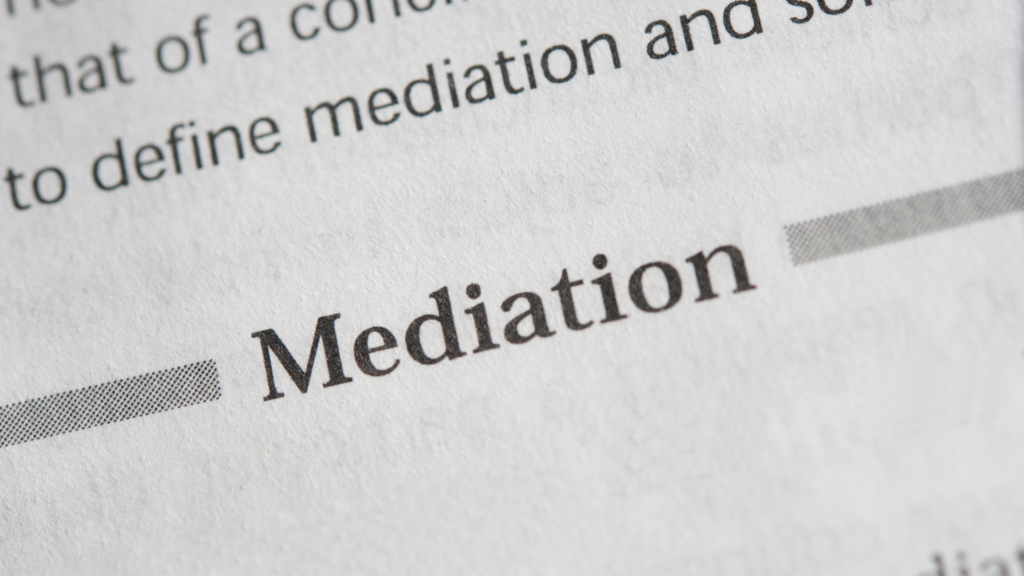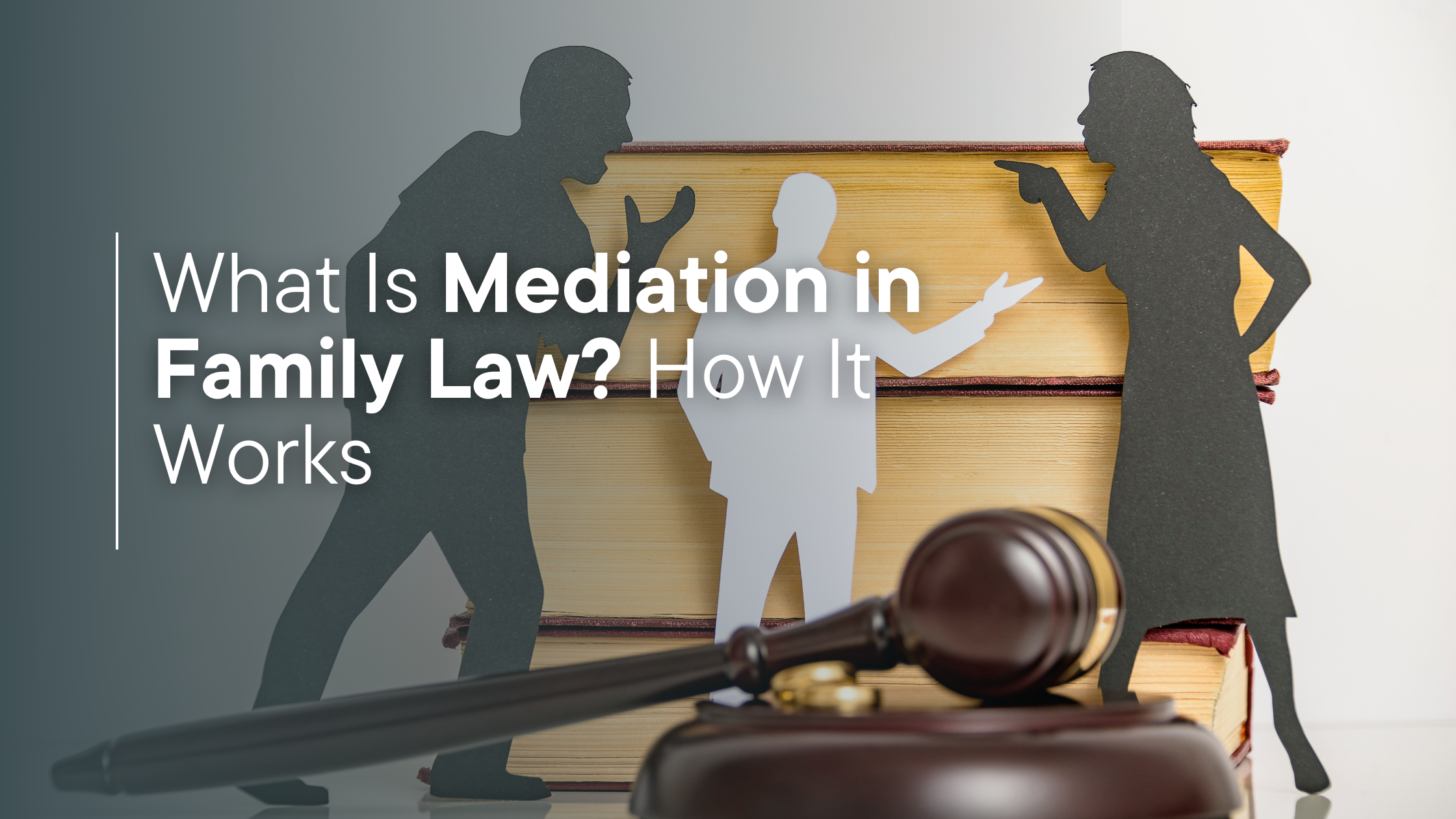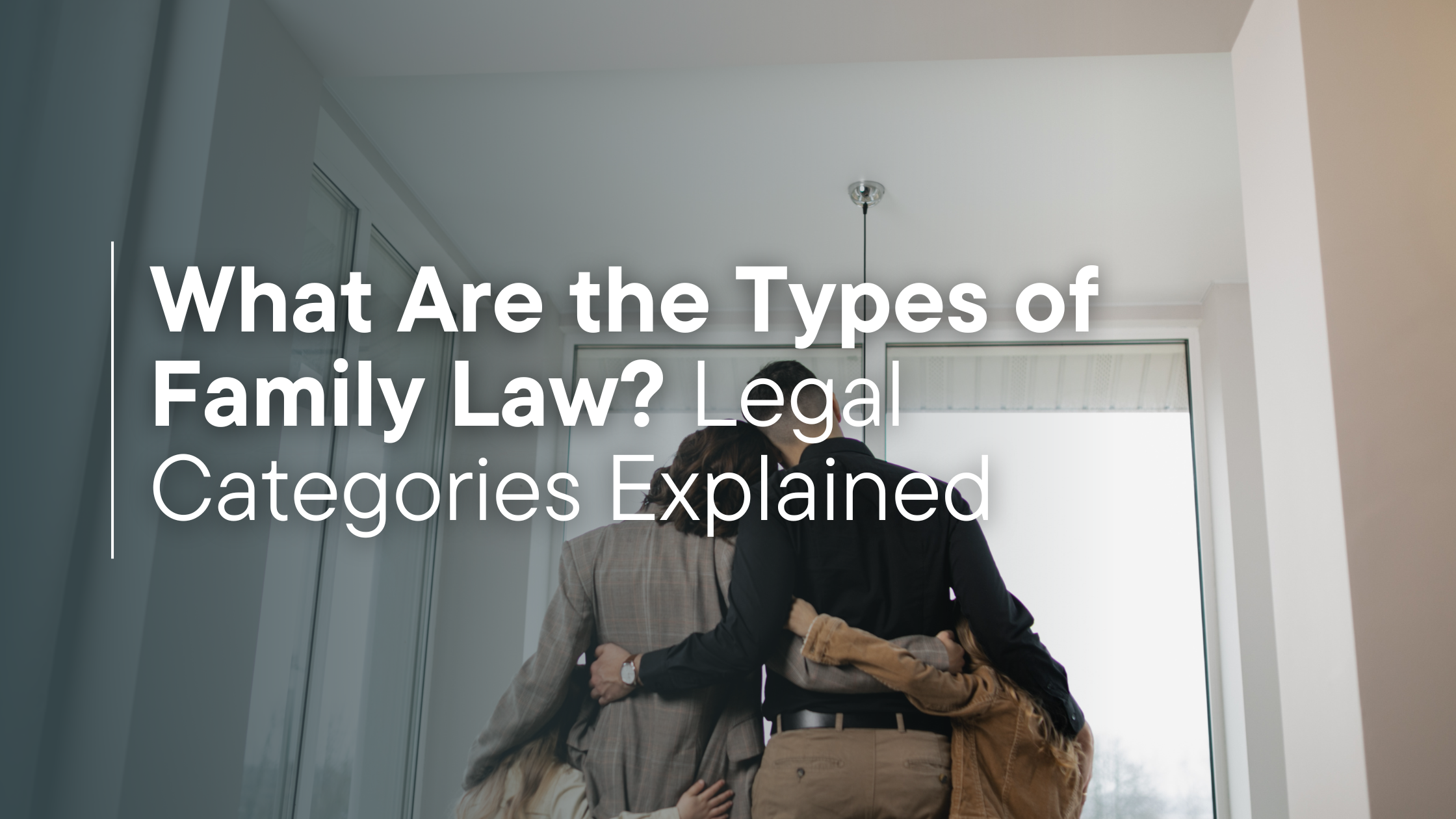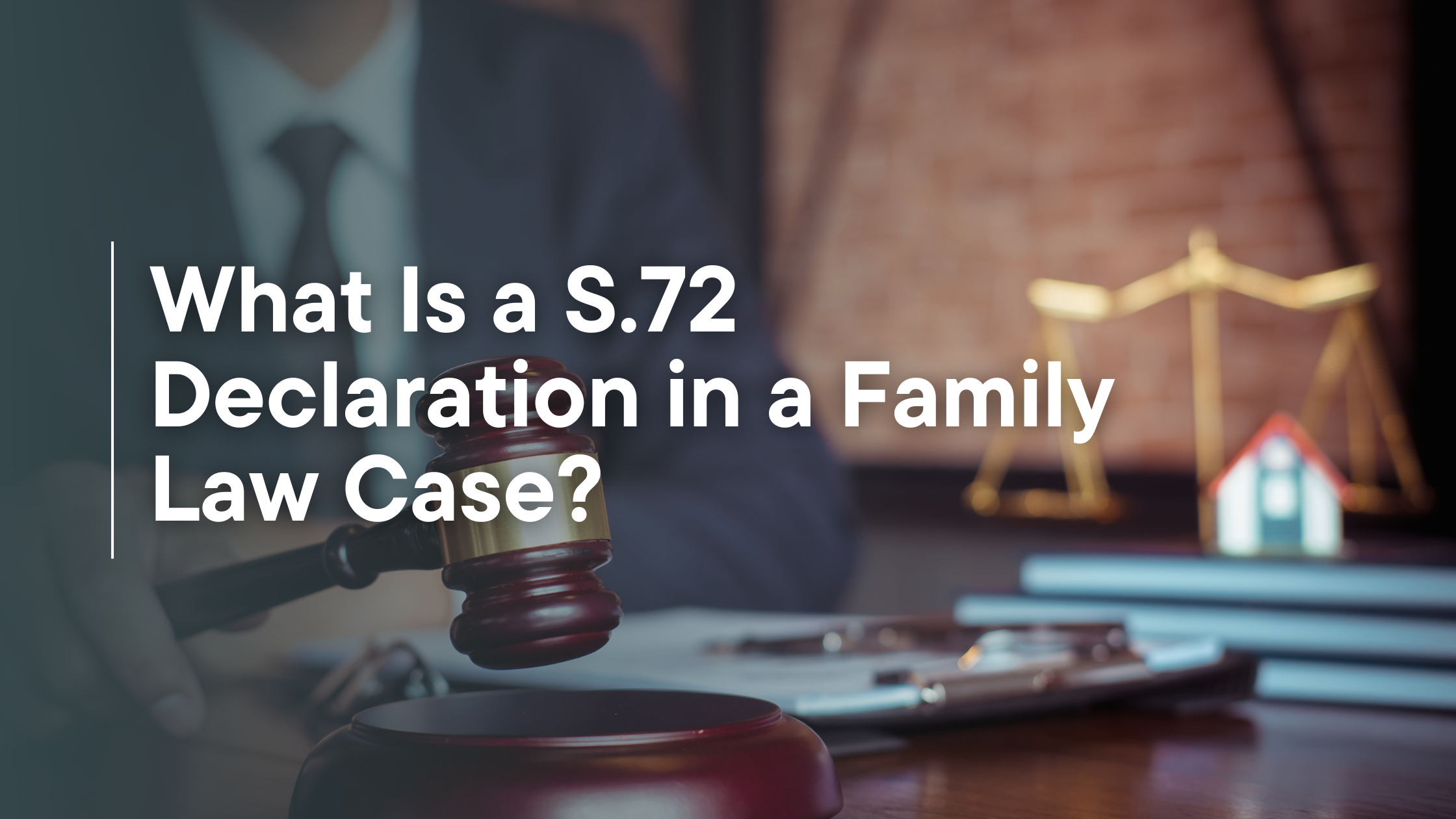Navigating family disputes can be overwhelming, especially when emotions are high and the stakes are significant. Whether you’re facing a divorce, child custody issue, or property division, the thought of a prolonged courtroom battle may seem daunting. Fortunately, mediation offers a more peaceful and cooperative alternative to resolving these matters. Let’s explore what mediation in family law is, how it works, and why it may be the right choice for your situation.
What Is Mediation in Family Law?

Mediation is a method of resolving family disputes with the help of a neutral third party, called a mediator. Unlike traditional litigation, where a judge makes the final decision, mediation encourages communication between the parties to reach a mutually beneficial agreement. The mediator doesn’t take sides; their role is to guide both parties through the process, facilitating discussions and helping them explore solutions.
Key Benefits of Mediation:
- Privacy: Unlike court proceedings, mediation is confidential.
- Cost-Effective: Mediation typically costs less than going to trial.
- Control: Both parties have a say in the outcome, rather than leaving the decision in the hands of a judge.
- Less Stressful: Mediation focuses on cooperation rather than confrontation, making it a less emotionally taxing process.
How Mediation Works in Family Law

Mediation in family law is a structured process designed to resolve disputes amicably. Here’s what you can expect:
Step 1: Initial Consultation
The process begins with an initial consultation where both parties meet with the mediator. During this meeting, the mediator explains the rules, confidentiality agreements, and the general structure of the mediation process. This is also an opportunity to discuss the issues at hand and set the ground rules for how the sessions will unfold.
Step 2: Preparation
Before the mediation sessions begin, both parties prepare by gathering necessary documents and outlining their concerns and goals. This may include financial records, child custody preferences, and any other relevant information. Being prepared will help make the mediation process more efficient and productive.
Step 3: The Mediation Session
The mediation session is typically conducted in a neutral environment. There are two main formats for the session:
- Joint Sessions: Both parties meet together with the mediator. The mediator helps facilitate discussions and ensures both sides are heard.
- Separate Sessions: If direct communication is difficult, the mediator may meet with each party separately in what is called a “caucus.” The mediator will then shuttle between the two parties, conveying information and exploring potential solutions.
During the session, the mediator may use various techniques to help both parties explore solutions, stay on track, and maintain a calm and constructive atmosphere.
Step 4: Reaching an Agreement
The goal of mediation is to reach a mutually agreeable resolution. With the mediator’s help, both parties can negotiate and develop creative solutions that work for their unique situation. The mediator will guide discussions around sensitive issues, such as custody arrangements or asset division, to help both parties find common ground.
Step 5: Finalizing the Agreement
Once both parties agree on the terms, the mediator will help draft a written agreement. This agreement may need to be reviewed and approved by a judge to become legally binding. While the mediator is not a decision-maker, they ensure that the agreement complies with legal requirements and reflects both parties’ wishes.
Advantages of Mediation in Family Law

Mediation offers several key advantages over traditional litigation, including:
- Cost-Effective: Mediation is usually more affordable than a lengthy court battle, as it typically requires fewer sessions and less formal legal preparation.
- Time-Saving: Mediation can resolve disputes much faster than going to trial, which can take months or even years.
- Less Stressful: The collaborative nature of mediation reduces the hostility and emotional stress that often accompanies courtroom battles.
- More Control: You and your spouse or ex-partner have greater control over the outcome of the mediation process, ensuring that the resolution reflects both of your needs and priorities.
When Mediation May Not Be Appropriate

While mediation is an excellent tool for many family law disputes, there are situations where it may not be the right choice:
- Domestic Violence or Abuse: If there is a history of abuse or threats, mediation may not provide the necessary protection.
- Power Imbalances: If one party is unwilling to negotiate or is coercing the other, mediation may not be effective.
- Complex Legal Issues: In cases where there is a need to set legal precedent or complex legal issues, such as intricate asset division, litigation may be a better option.
Conclusion
Mediation in family law offers a more peaceful and cooperative approach to resolving disputes. It helps parties maintain control over the outcome, reduces costs, and minimizes emotional stress. However, it’s important to consider whether mediation is the right option for your situation. If you’re facing a family law dispute, contact us today to discuss how mediation can help you reach a resolution that works for you and your loved ones.
Let’s work together to protect your future and secure your peace of mind. Schedule a consultation with us today.




